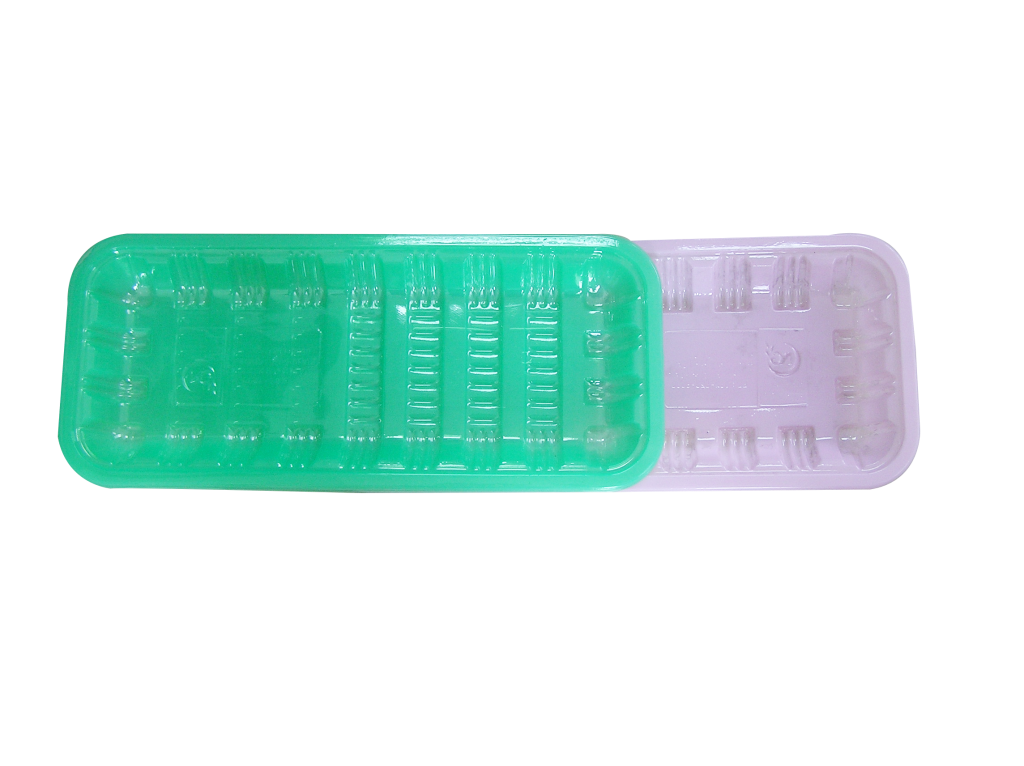Introduction to Biodegradable Plastics
Biodegradable plastics, also known as green materials, can be metabolized and decomposed by microorganisms to produce water and carbon dioxide or methane in a natural burial or composting environment with sufficient humidity, oxygen, and appropriate microorganisms, which is less harmful to the environment.
It can be divided into two categories: one is that it can be completely decomposed and returned to nature, such as PLA, Starch Blends, Cellulose, PBAT, PBS, etc. First, it is partially decomposable. The material itself contains small fragments that are not biodegradable, and are mainly based on bio-based synthetic polymers, such as biomass PE, PP, PA, etc. Among them, the most commonly used in the Asia-Pacific region is mainly PLA and Starch Blends.
Among them, the most mature material technology and product application is polylactic acid (PLA), which comes from energy crops, such as corn starch (the largest in the United States), cassava root, chips or starch (mainly in Asia) or sucrose (Other areas)
Applications
Packaging products: small boxes of packaging boxes, and fresh trays
Logistics: waterproof film and barcode labels
Medical: absorbable surgical suture
Product examples

